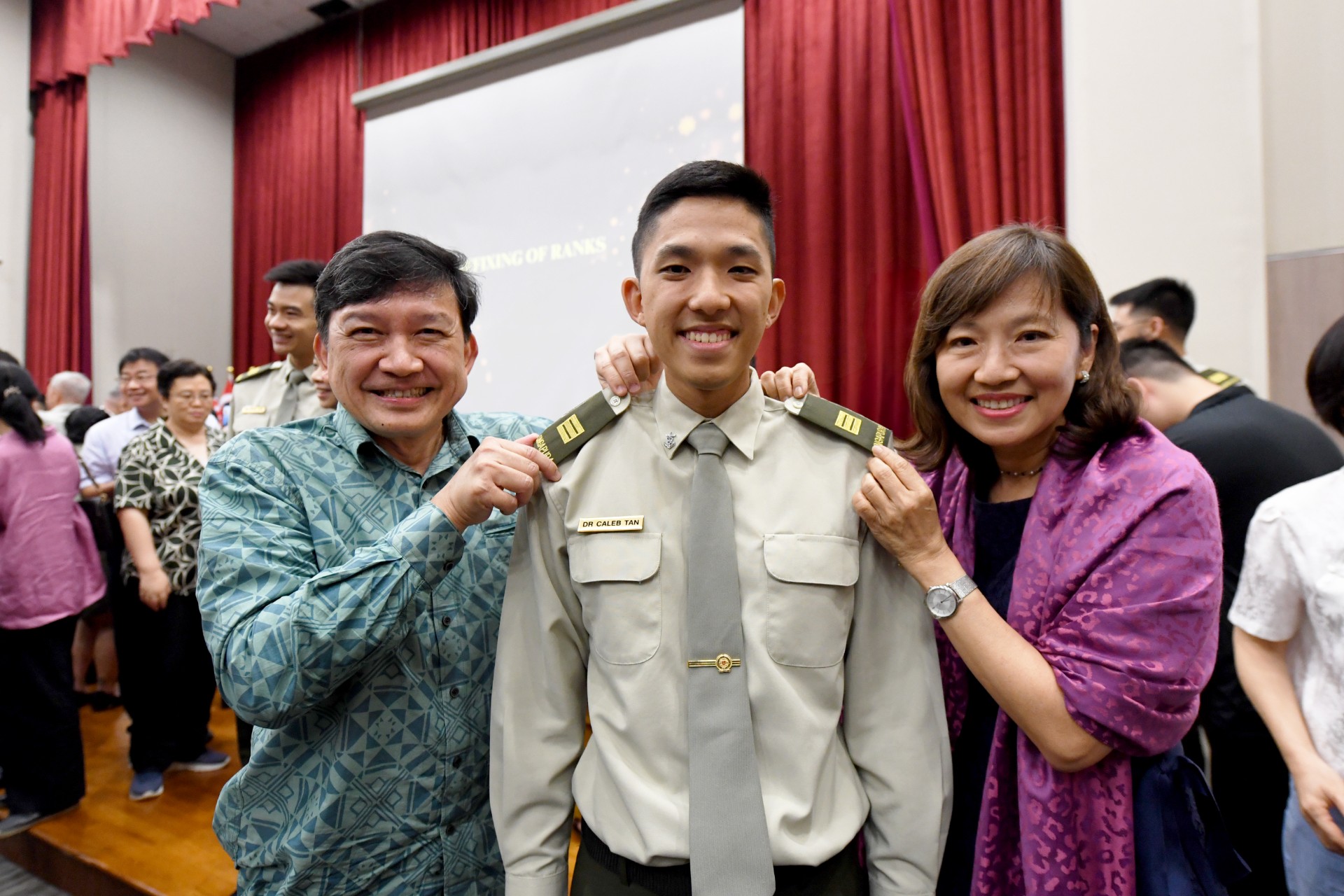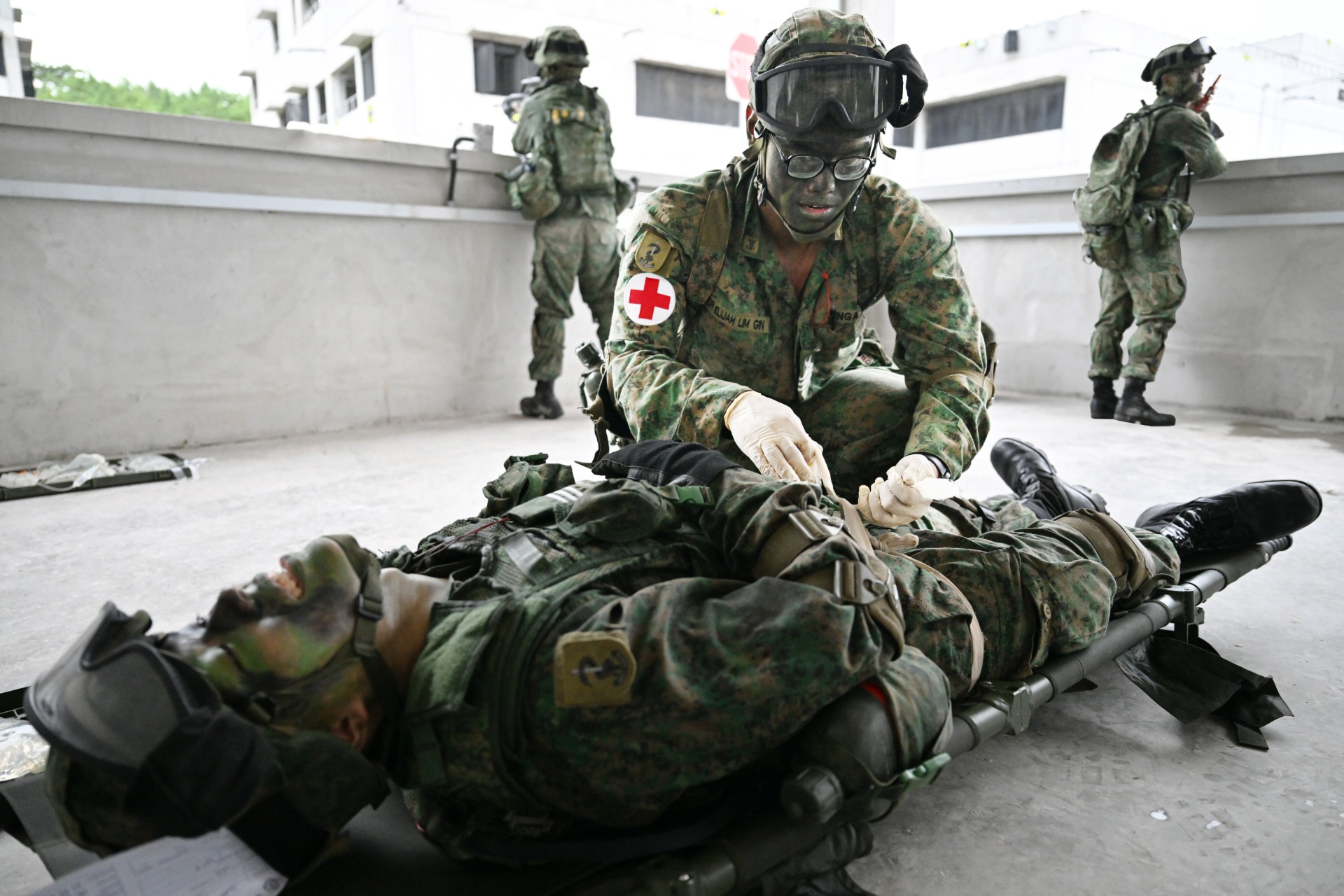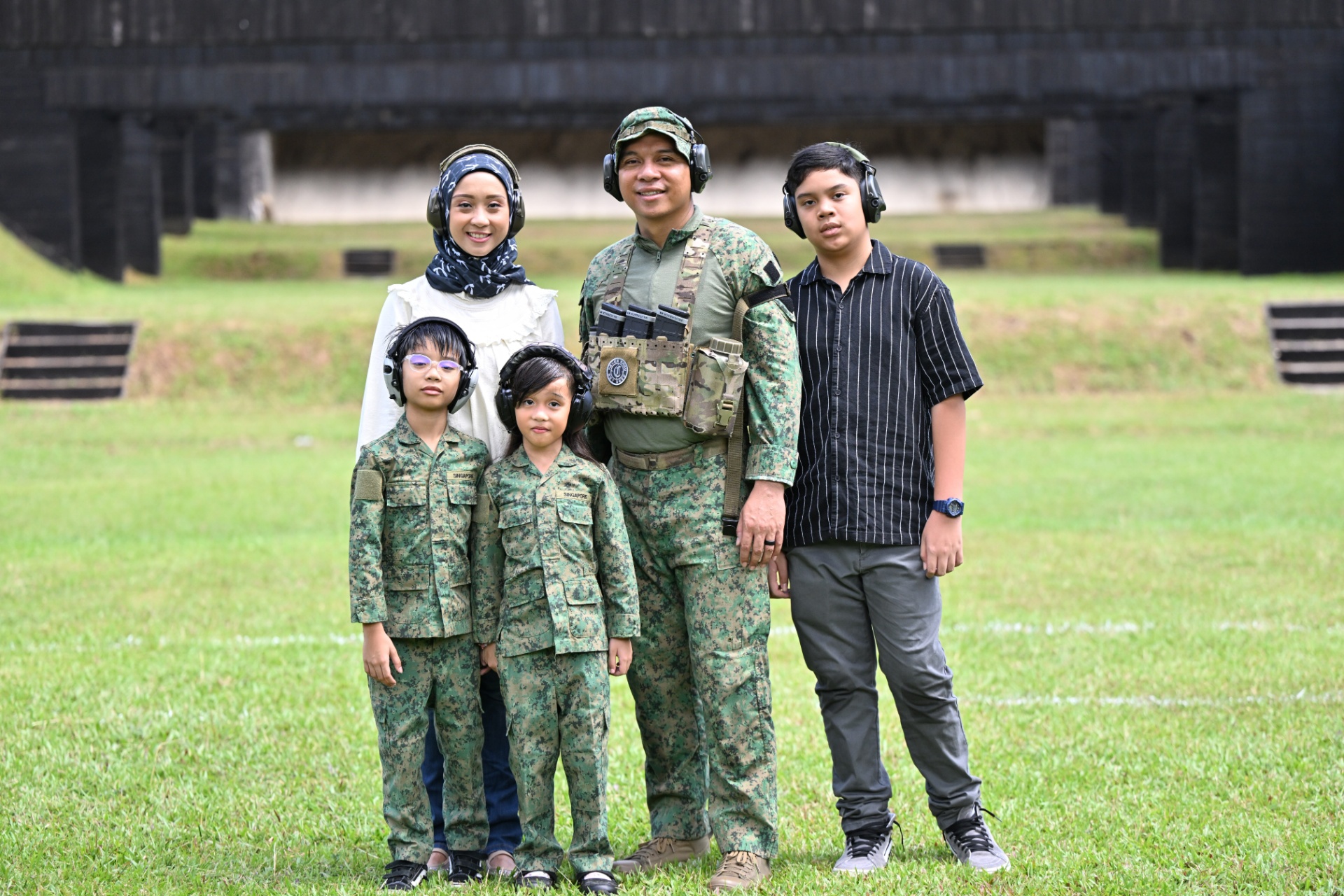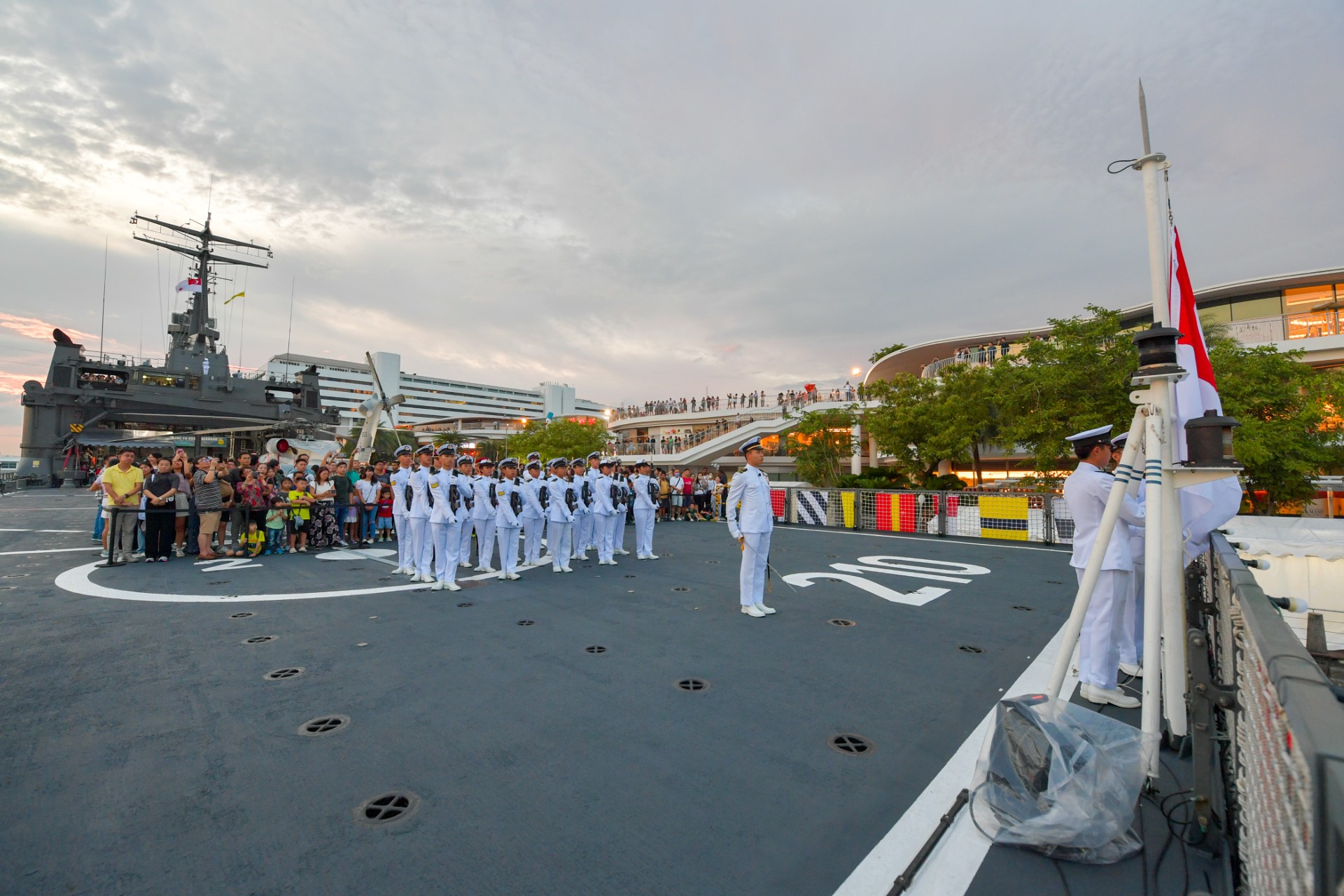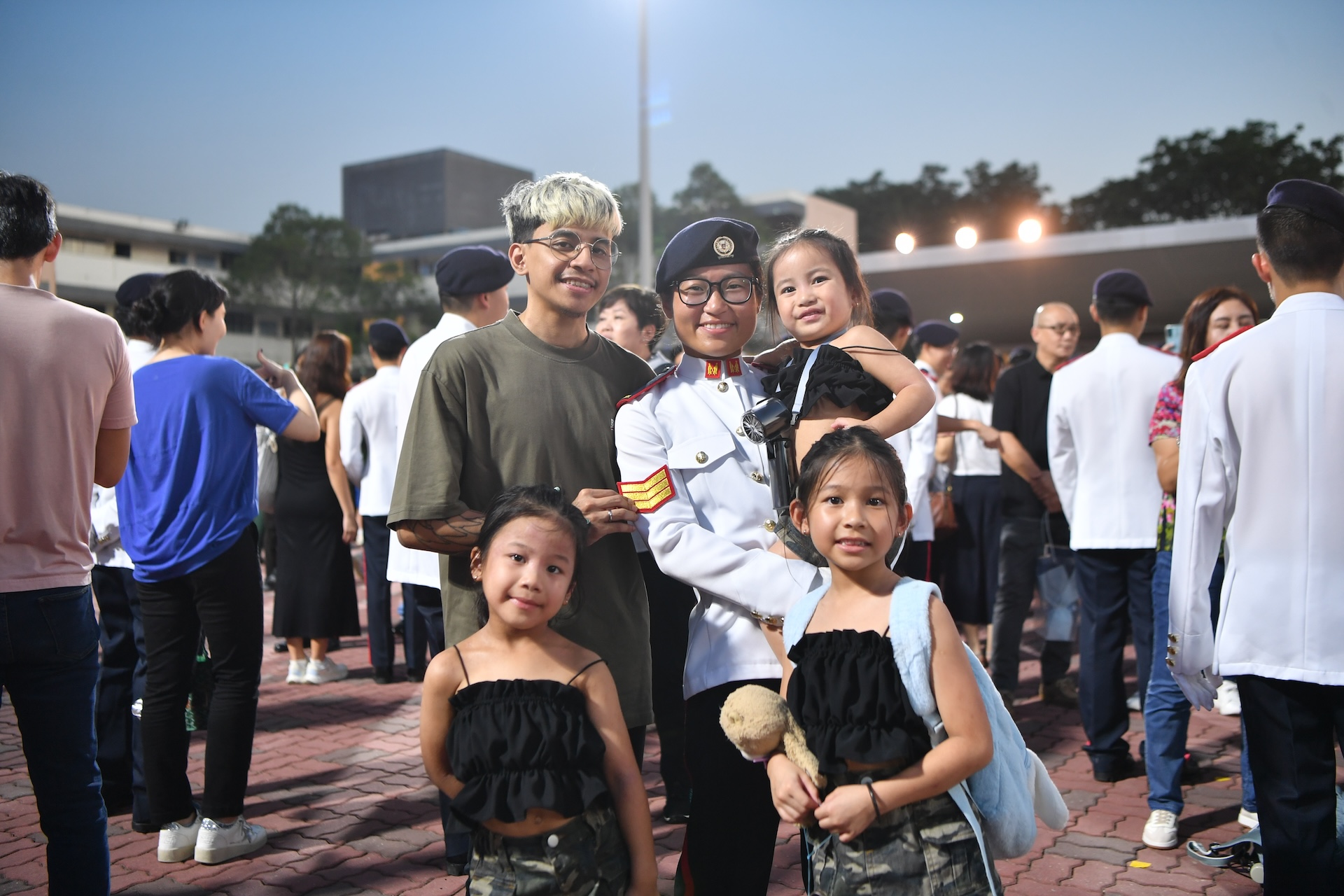7 FACTS ABOUT OUR SINGAPORE NAVY!
In commemoration of the Republic of Singapore's Navy (RSN)'s 53rd birthday on 5 May, here's a list of facts that you might not know about the defenders of our waters.//Story by Gabriel Lee
//Photos by PIONEER Photographers
1) The RSN has sailed all over the world
Conducting counter-piracy operations in the Gulf of Aden. Training alongside multinational navies in the world's largest maritime exercise off the coast of Hawaii, United States (US). Conducting combined missile firings with another navy in the Andaman Sea.
The RSN has deployed its ships across the globe for exercises and operations, honing its capabilities while forging friendships and strengthening interoperability with other countries.
In 2000, RSS Endurance made local history by becoming the first RSN ship to circumnavigate the globe. The four-month deployment covered 25,000 nautical miles (that's 46,300 km!) and took the Landing Ship Tank (LST) to nine ports and through the Suez and Panama canals.
As part of the voyage, the crew conducted exercises and drills with some of the host countries. Among them was the French Navy, en route to Toulon, France. In that exercise, French helicopters executed a total of 34 landings on the flight deck of RSS Endurance while crossing the English Channel.
2) The RSN has helped out in many humanitarian assistance and disaster relief (HADR) missions
Besides protecting Singapore's waters and contributing towards international maritime security efforts, the RSN has provided aid in regional humanitarian assistance and disaster relief missions.
For instance, the RSN rendered assistance to Indonesia in the wake of the 2004 Boxing Day tsunami. In the largest SAF overseas operation conducted so far, more than 1,500 SAF personnel and three LSTs were deployed as part of the HADR efforts.
More recently, the RSN also sent its ships to assist in
multinational search operations for the missing Malaysian Airlines
flight MH370 in the Gulf of Thailand in 2014, and AirAsia flight QZ8501
which crashed into the Java Sea in the same year.
3) The RSN "bought" one of its earliest ships for for US$1!
In 1971, the RSN "purchased" its first County-class LST from the US Navy for a token sum of US$1 as part of a lease with the US Navy before it was bought over in 1975.
The County-class LSTs supported the RSN by transporting personnel and equipment, and were even deployed to Timor-Leste in 1999 as part of United Nations peacekeeping efforts.
After more than 20 years of service, the County-class LSTs were replaced by the Endurance-class in 2000. Talk about stretching every dollar!
4) Ships can "talk" to each other using visual signals
Sailors are a highly resourceful bunch - before radios were invented, they communicated with other ships using visual signals such as flags and pennants that were hoisted onto the ship's halyard (a line used to raise or lower a sail or flag).
This practice continues even today when maintaining radio silence or when voice communication deteriorates. Using the International Code of Signals, ships can still communicate simple messages despite language differences!
5) Sing with our sailors: The RSN's official song can trace its roots to 1974
Did you know the RSN has an official anthem called... the Navy Song (no points for guessing)? This was originally called the Midshipman (the term for naval officers in training) Song and was written in 1974 by two midshipmen, Melvin Huang and Lionel Liew.
The song was refined, and a third stanza was added by Senior Minister Teo Chee Hean, when he was the Chief of Staff (Naval Staff) and Director, Joint Operations and Planning Directorate in 1989. It was eventually adopted by the RSN as the Navy Song.
Today, the song is sung at all major Navy events and is etched into the psyche of the men and women of the RSN. As the heart-stirring lyrics go: "Onwards and upwards we've moved on and on..."
6) Sailors are proud of their strong "Navy Family" spirit.
Have you ever wondered why the Singapore Navy is endearingly and commonly referred to as a family? Traditionally, the RSN has been smaller in size compared to the other Services, which may explain why the Navy often seems to be an even more close-knit unit.
Given that sailors have to work, eat and sleep within a confined space onboard ship, it has become second nature to look out for one another over long deployments.
7) Do you understand "sailor speak"?
Possessing perhaps the most unique lingo out of all three Services, the RSN has its own "sailor speak" that substitutes commonly used words or phrases with foreign-sounding ones that landlubbers may not be able to decipher. Here are some of them!
- "Bravo zulu" (BZ for short) means "a job well done".
Typically used by senior officers to praise their subordinates for a commendable achievement, the phrase has its roots in the early US Allied Naval Signal Book.
Did you also know that "bravo zulu" was originally "baker zebra"? The phrase was only renamed to "bravo zulu" when the US Navy adopted the standardised "Alpha, Bravo, Charlie…" naming convention of the ICAO alphabet in 1956.
- "Dog watch" means "a period of work duty between 4pm to 8pm".
This period is split into two, with the "first" dog watch from 4pm to 6pm and the "second" dog watch from 6pm to 8pm. The term was originally used to refer to the night watch on ships - the time when all but the dogs were asleep. The name is also said to be derived from Sirius, the "dog star", on the claim that Sirius was the first star that could be seen at night. The first dog watch is usually when RSN personnel do physical training or play sports if there are no operations at the time.
- "Head" means "toilet".
This is because back in the day, toilets were located in the head (or bow) of the ship!
- "Port" and "starboard" refer to the left and right of the ship respectively.
"Starboard" evolved from "steorbord", meaning "the side on which a vessel is steered". Before the days of GPS, sailors did astro-navigation on the right side of the ship, hence why it is known as the steering side.
The old term "larboard" or "loading side" refers to the side of the ship - typically the left - where loading and unloading was done. It eventually changed to "port" as people found "larboard" too easily confused with "starboard".
BONUS: Did you know that ships (and aircraft) display green
and red navigation lights? The starboard light is green and the port
light is red!
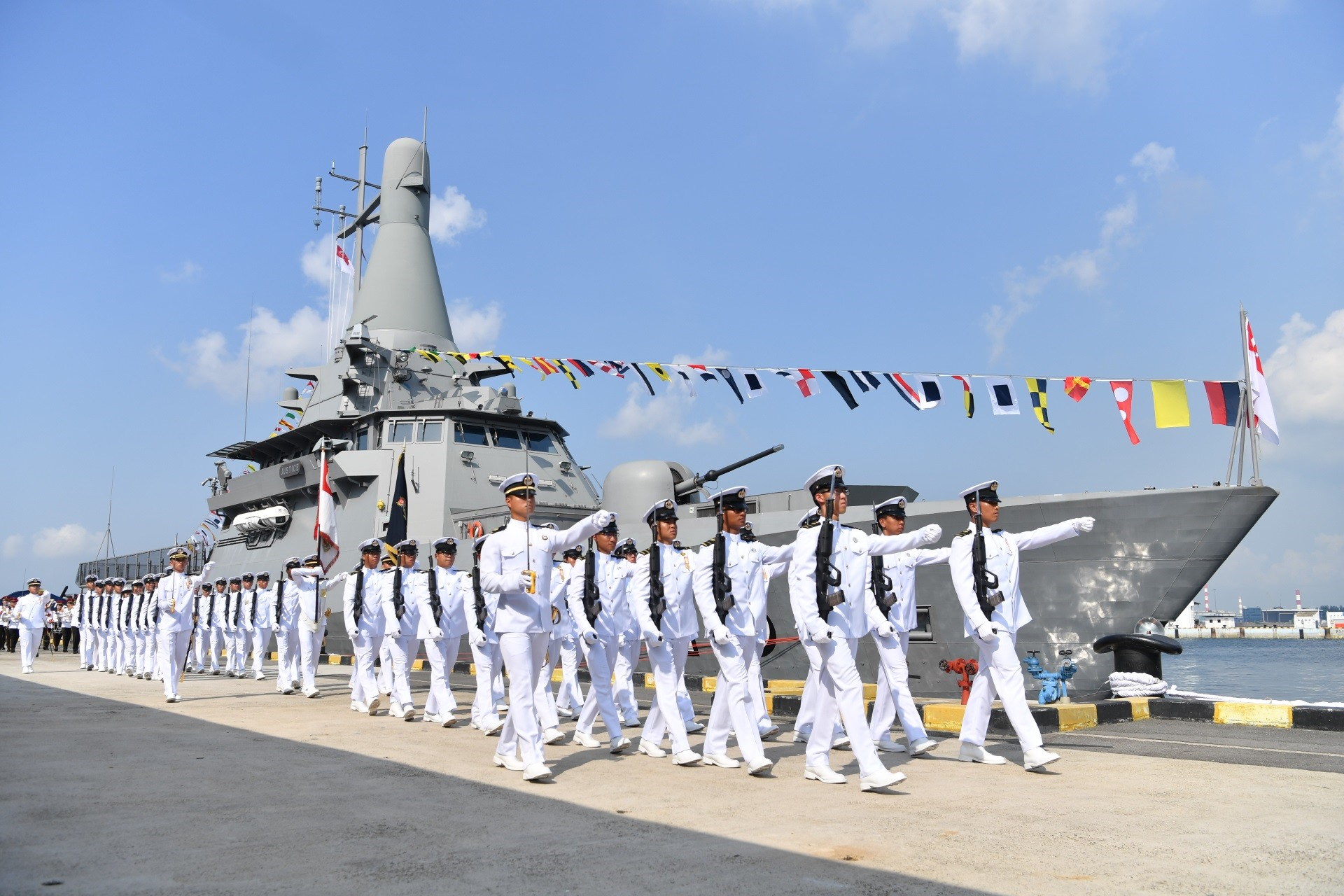
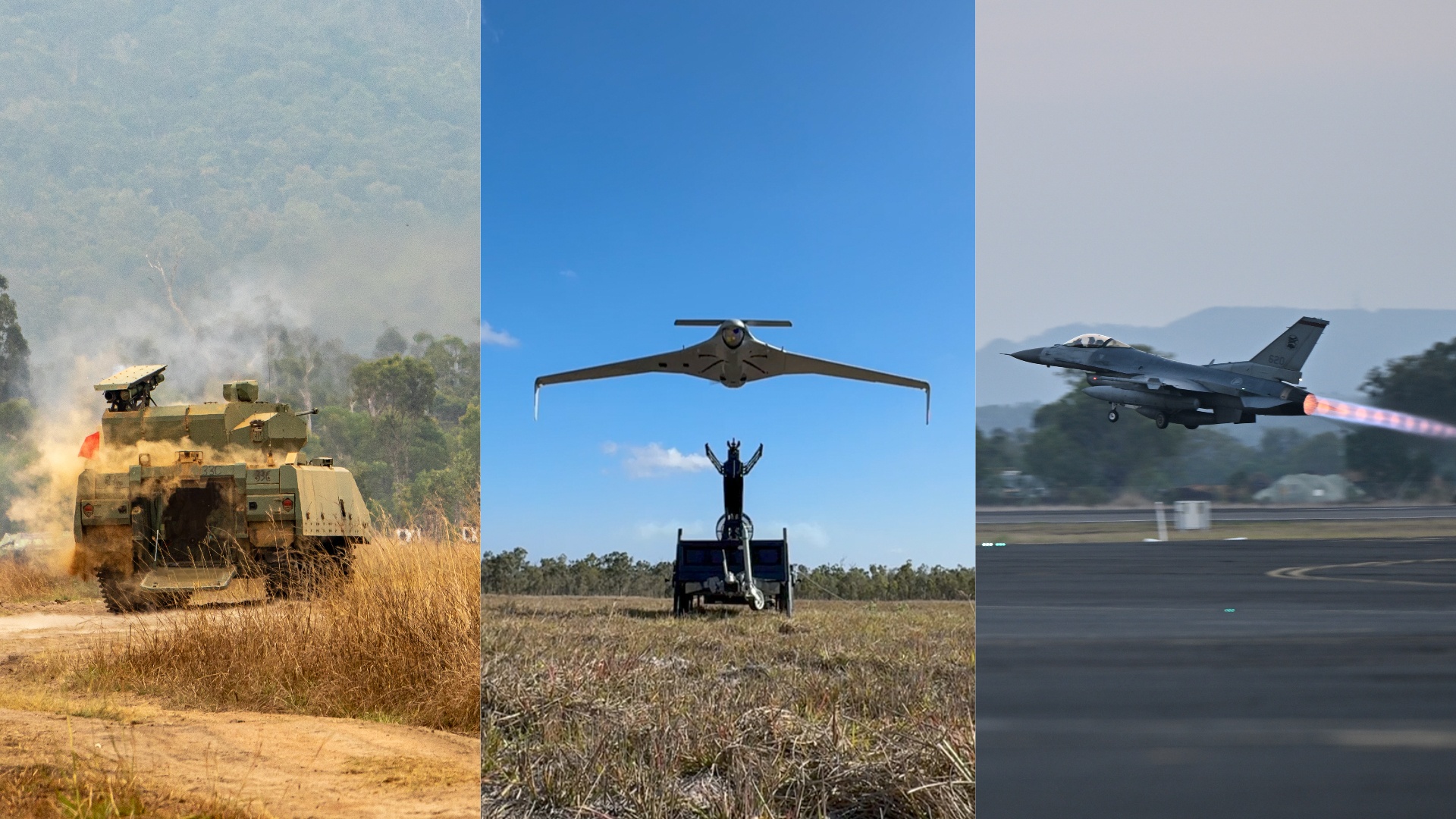
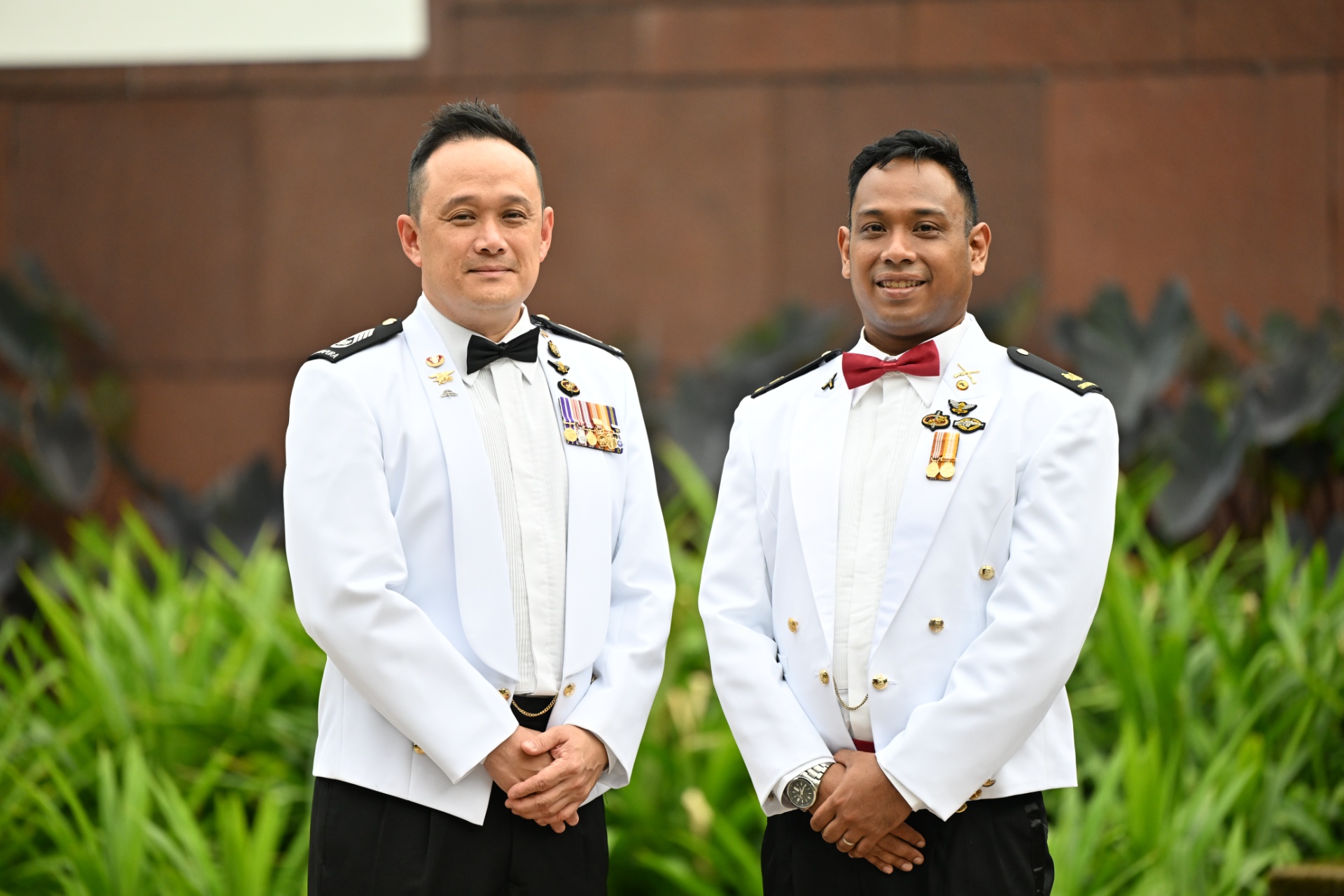
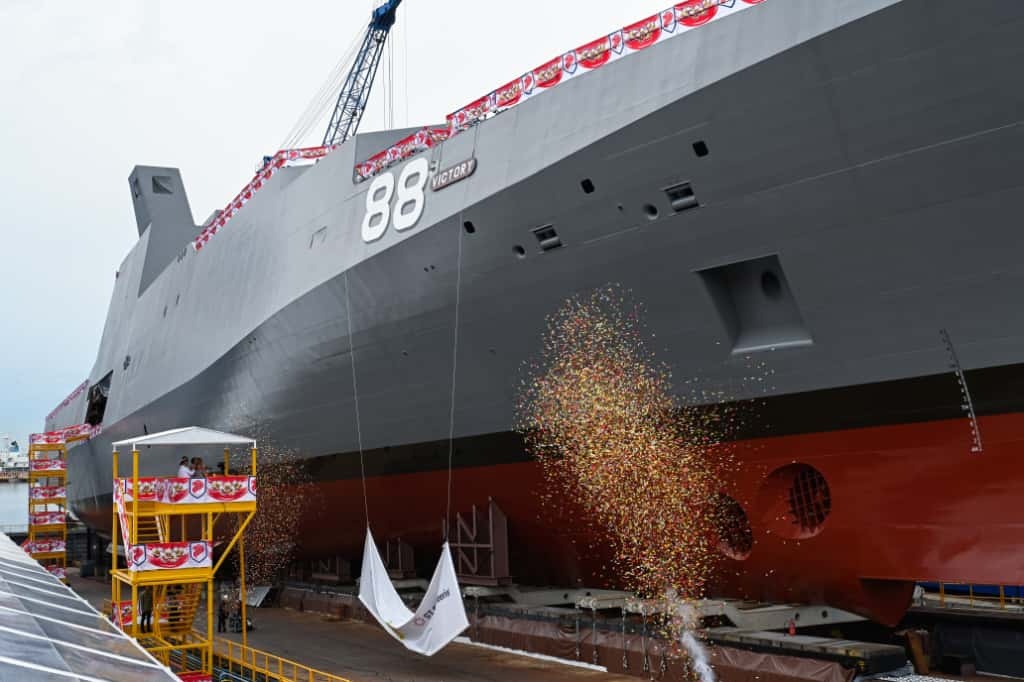
-dsc_2181.jpg?sfvrsn=cf8a503f_1)
